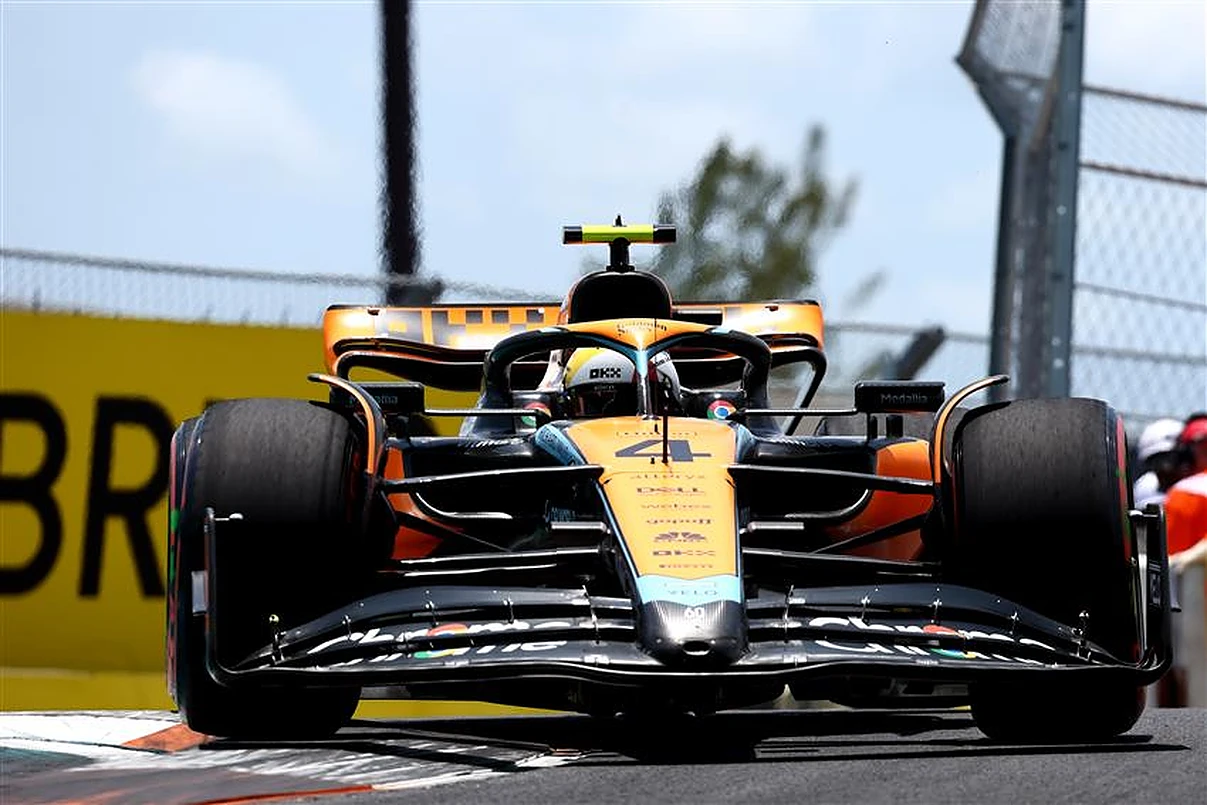Formula 1 racing has long captivated audiences worldwide with its high-speed action, cutting-edge technology, and fierce competition.
As one of the most popular and prestigious motorsports, Formula 1 is a sport that constantly pushes the boundaries of innovation and engineering.
This article will delve into the latest developments and innovations in Formula 1 racing, showcasing how the sport is speeding into the future.
Here are some of the latest developments.
Aerodynamics: Pushing the Limits of Design
Understanding the Importance of Aerodynamics in F1
Aerodynamics plays a pivotal role in the performance of a Formula 1 car. The intricate design of the car’s body, wings, and other aerodynamic elements aims to maximize downforce while minimizing drag.
Generating high levels of downforce allows F1 cars to maintain better traction and higher cornering speeds, enabling them to negotiate challenging turns with precision and speed.
Innovations in Aerodynamic Design
F1 teams invest heavily in advanced wind tunnel testing and Computational Fluid Dynamics (CFD) simulations to gain a competitive edge.
These cutting-edge technologies allow engineers to refine the aerodynamic efficiency of the car’s design, reducing drag and improving overall performance.
By constantly fine-tuning aerodynamics, teams seek to strike the perfect balance between downforce and drag, enabling their cars to slice through the air with minimal resistance.
One such innovation born out of this pursuit is the Drag Reduction System (DRS). DRS, which the driver can manually activate, adjusts the rear wing’s angle to reduce drag and increase straight-line speed.
This technology has revolutionized overtaking in Formula 1, as drivers can temporarily reduce drag on designated track sections, making passing maneuvers more frequent and thrilling.
Power Units: The Hybrid Revolution
Introduction to Hybrid Power Units
Formula 1 has embraced hybrid technology, transitioning from loud and powerful V8 engines to more environmentally friendly and efficient power units.
These cutting-edge hybrid power units consist of a turbocharged V6 internal combustion engine combined with energy recovery systems (ERS), resulting in increased power output and improved fuel efficiency.
Energy Recovery Systems (ERS)
The Kinetic Energy Recovery System (KERS) is an integral part of the hybrid power units used in Formula 1.
KERS harnesses the kinetic energy generated during braking and stores it for later use. The stored energy is released when a driver accelerates, providing an extra power boost.
This system enhances overtaking opportunities and contributes to overall energy efficiency.
Furthermore, advancements in battery technology have allowed for more effective energy storage within the power units.
Regenerative braking, a feature of the ERS, enables kinetic energy recovery during deceleration, further optimizing energy usage and minimizing waste.
Data Analytics and Telemetry: The Science Behind Success
Role of Data Analytics in F1
Data analytics has become a game-changer in Formula 1, revolutionizing race strategies and car development.
The wealth of real-time data collected during races, including tire performance, fuel consumption, and aerodynamic parameters, provides teams with invaluable insights that drive performance improvements.
Telemetry Systems
Formula 1 cars have advanced telemetry systems that monitor and transmit data in real-time. This data includes crucial information about engine performance, tire wear, and suspension settings.
Teams use this data to make informed decisions during races, adjusting car setups and strategizing pit stops accordingly.
Telemetry systems also enable engineers to remotely analyze and fine-tune the car’s performance during testing and practice sessions.
Integrating machine learning and artificial intelligence has further enhanced data analysis capabilities in Formula.
Machine learning algorithms are employed to process vast amounts of data in real-time, extracting patterns and insights that human analysts might miss.
Predictive analytics allows teams to simulate race scenarios and optimize strategies based on historical data and current race conditions.
This advanced data-driven approach has transformed how teams approach races, enabling them to make split-second decisions with a higher probability of success.
Safety Innovations: Protecting the Drivers
Evolution of Safety Measures
Formula 1 has a history of implementing safety measures in response to tragic incidents. Over the years, significant advancements have been made to enhance driver safety.
Innovations such as improved track design, impact-absorbing barriers, and mandatory safety equipment like helmets and fire-resistant suits have reduced the risk of severe injuries.
Recent Safety Innovations
One of the most notable safety innovations in recent years is introduction of the Halo cockpit protection system.
The Halo is a reinforced structure mounted above the driver’s head, forming a protective barrier against flying debris and impacts from above.
Extensive research and testing have proven Halo’s effectiveness in safeguarding drivers, and it has become an integral part of Formula 1 car design.
In addition to cockpit protection, impact-resistant clothing, and gear advancements have played a crucial role in ensuring driver safety.
Driver suits are now made from highly durable and flame-resistant materials with improved impact-absorbing properties.
Helmets have also undergone significant developments, incorporating lightweight yet solid materials and enhanced impact-absorbing technologies to minimize the risk of head injuries.
Conclusion
Formula 1 racing continues to push the boundaries of innovation, technology, and performance. The sport is constantly evolving, from advancements in aerodynamics and hybrid power units to using data analytics and telemetry systems.
These innovations enhance the on-track excitement and competitiveness and contribute to sustainability efforts and driver safety.
Fans can anticipate even more groundbreaking developments as Formula 1 speeds into the future as a great badge creator.
The relentless pursuit of innovation and the drive to improve performance will undoubtedly lead to further advancements in aerodynamics, power units, data analytics, and safety measures.
With each new season, Formula 1 showcases the remarkable progress made in the world of motorsports, captivating audiences and solidifying its position as the pinnacle of racing technology.

